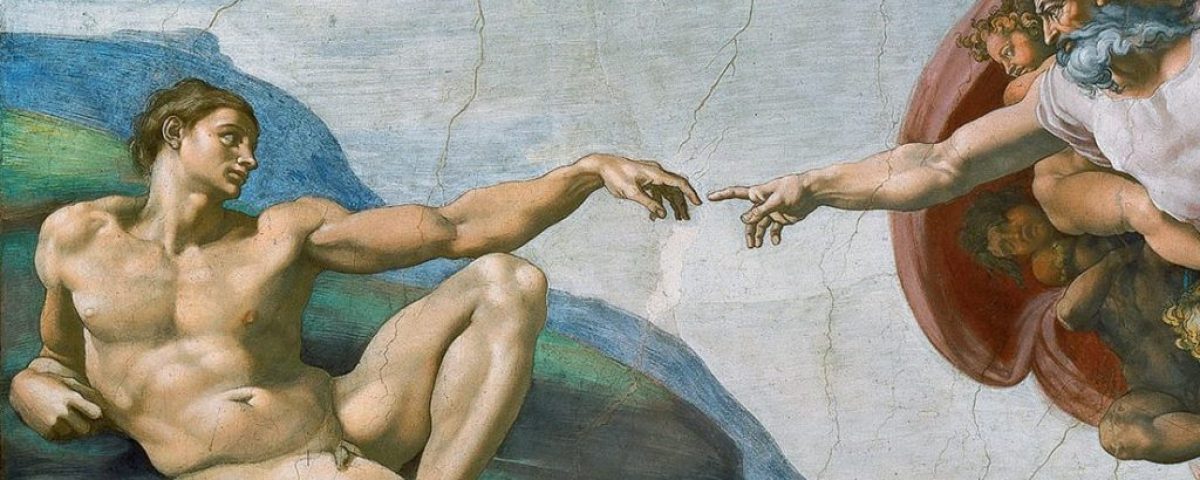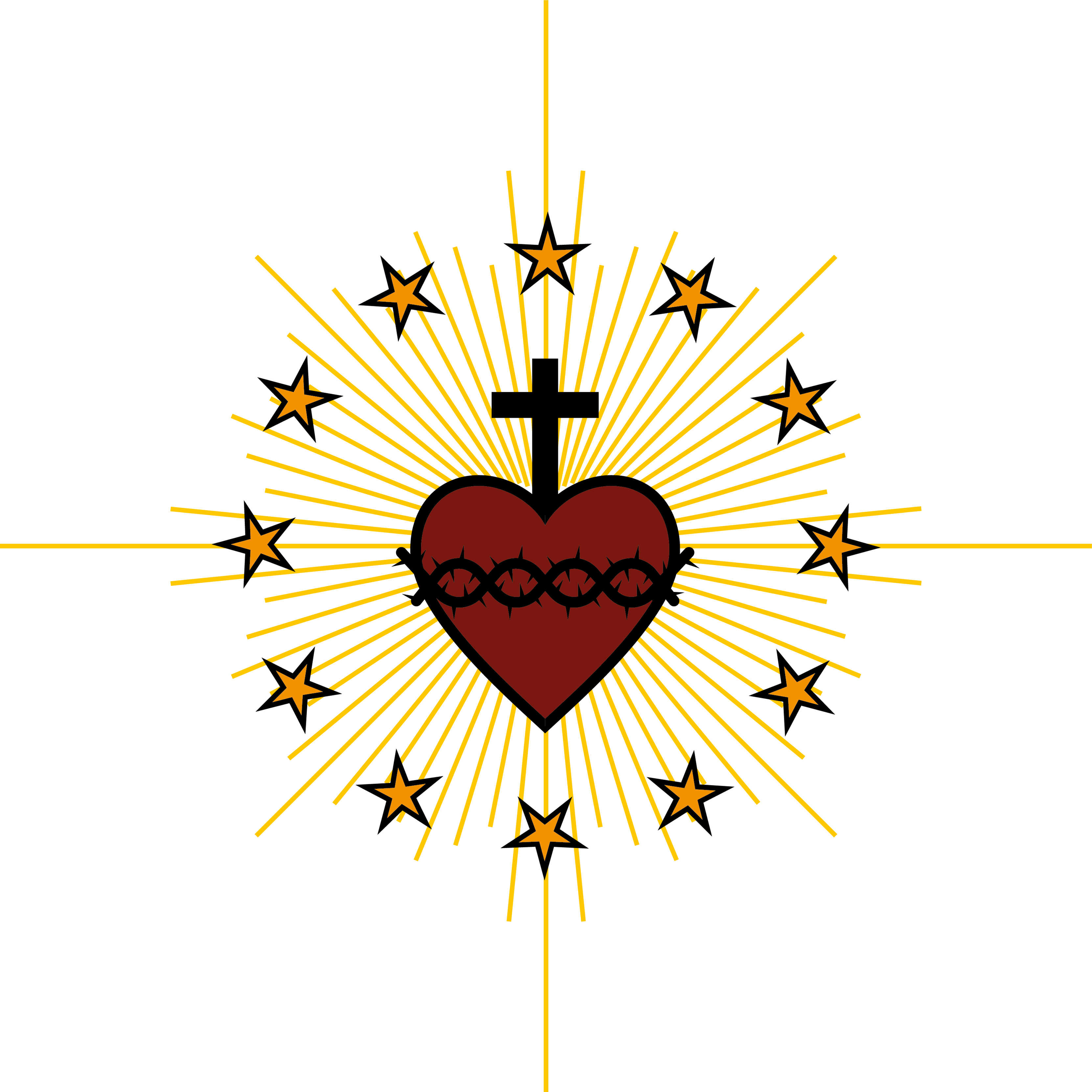Written by
Linus Ödell
Summary article: Genesis One – Summary
History of the image
Speculation about the divine image has been something of a favorite past-time for the church since the early days. Following Augustine in his De Genesi ad Literam, it has generally been construed as being the intellectual or rational part of man (Book 3, chapter 20).1 However he is far from the only one to reason thus, the other great saint of the early church, Athanasius, concording in On the Incarnation of the Word of God that man is in the image of God insofar as he possesses reason (Chapter 2, Verse 6).2 Aquinas concurs,3 the Reformed tradition largely concurs, and the Evangelical tradition post-Luther largely concurs. The only exception to the rule from a major theologian that I am aware of, and seeing as he is such an overwhelmingly influential theologian it is more than appropriate to highlight him even if there were others, is Luther:
Therefore my understanding of the image of God is this: that Adam had it in his being and that he not only knew God and believed that He was good, but that he also lived in a life that was wholly godly; that is, he was without the fear of death or of any other danger, and was content with God’s favor.4
Luther diverges from the tradition and posits instead of reason as the Imago Dei, that man images God insofar as he lives the life of God. This is the brilliance of Luther, where the scholastics fumbled and made the Imago Dei something even the angels, and as such Satan himself, possess, Luther, despite not having access to any of the cultural history regarding images of God that we now have, managed to get this much closer to the truth in making the image vocational as opposed to ontological.
The image and rule
So what is the image of God? In the text it is immediately connected to ruling. It should come as no surprise, then, that in the immediate context of the authorship of Genesis 1 (and here it matters little whether we take an early or late dating) images of divinities had a small variety of meaning, but in connection to ruling it has one very obvious: rulers as the images of gods. This is of course prominent in Egypt, where the kings were often seen as quasi-divinities, but it holds equally true in Mesopotamia, and it’s quite clear that primordial history has a more eastern than Egyptian touch (whether this comes from the times of Abraham or later, let the reader understand). Mesopotamia did not have the same sort of royal-divine ideology as did Egypt, but references to the king as the image of a god (often Marduk) are anything other than rare.5 What this goes to show is not that the author of Genesis 1 directly copied ideology from elsewhere, as the citations Middleton provides suggest, some references to the ruler as a divine image does not necessarily reflect royal ideology, but honorific gestures to the ruler. This means less that this was from-the-top dogma, and more that there was a general cultural sense of what a divine image was, and that usually it was the king who filled it.
Cult image
But of course there is another sense, that a materialist in the 21st century might be more easily familiar with: the cult image in a temple. Again we are dealing with a form of religion (folk polytheism) with little to no dogma, so exactly how the statues “worked”, but in broad terms they were believed to be the presence of the god,6 whether the matter itself was the “physical” deity (keeping in mind this is an anachronistic question) is vague, but that the image/idol at the very least contained the presence of the god, when the god chose it, is clear. While this connection is less immediately likely, given the connection between the image and rule, some things make it another possible aspect. First: that we have good reason to think Genesis 1 describes the construction of creation as God’s temple. Second: that there is indeed a theme in the pentateuch of a spirit (of God?) indwelling men, and if this is to be equated (as later Christian theology certainly does) with the spirit of Yhwh, then we have here a suggestion that mankind was meant to be indwelled by the divine spirit, and as such make Yhwh present in creation while also serving as an image in the sense of ruling on behalf of Yhwh.
This all is illustrated beautifully by the Syrian church Father Theodore of Mopsuestia:
After having built a city the king erects a statue to be honoured by the citizens. So God after having finished the creation set man as His image that all creatures in rendering service to him should pay honour to their Creator.7
Implications
So then if both of these uses of image in Genesis 1 are true, which we have good reasons to believe, this means that the image of God is intimately tied to theology about the Spirit-driven Christian vocation. Both to rule on behalf of God, and as we ourselves as individuals in the church are a mini-temple, being the people through whom God literally dwells on earth by his Holy Spirit. This would also mean that a likely millennia after this text was first written, the first Christian theologians (Paul/John/etc.) finally understood what the true fulfillment of Genesis 1 was, and witnessed it personally in Jesus, and on Pentecost.
- Augustine. (1982). The literal meaning of Genesis, Volume I (p. 96) (J. H. Taylor, Trans.). Paulist Press. (Original work written ca. 401) ↩︎
- Athanasius. (2018). On the incarnation (p. 14) (S. P. Lawson, Trans.). Adansonia Press. (Original work written ca. 318) ↩︎
- Aquinas, T. (1947). Summa theologica (Fathers of the English Dominican Province, Trans., Vol. 1, pp. 469–476). Christian Classics. ↩︎
- Luther, M. (1960). Lectures on Genesis: Chapters 1–5 (J. J. Pelikan, Ed. & G. V. Schick, Trans.; Vol. 1, pp. 62–63). Concordia Publishing House. ↩︎
- Middleton, J. R. (2005). The liberating image: The imago Dei in Genesis 1 (pp. 93–146). Brazos Press. ↩︎
- Citation needed. ↩︎
- Jansma, T. (1958). Investigations into the early Syrian Fathers on Genesis: An approach to the exegesis of the Nestorian Church and to the comparison of Nestorian and Jewish exegesis. Oudtestamentische Studien, 12, 69–181. ↩︎




